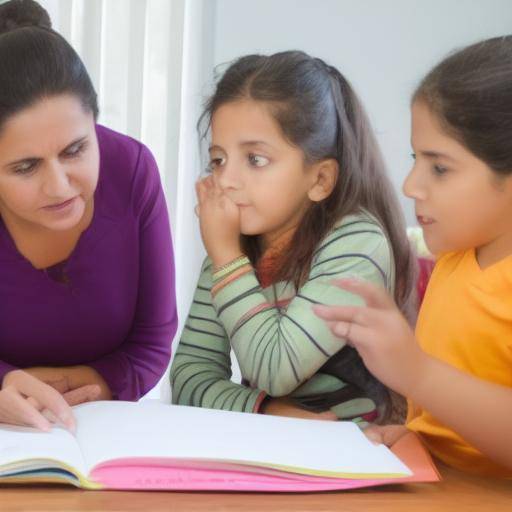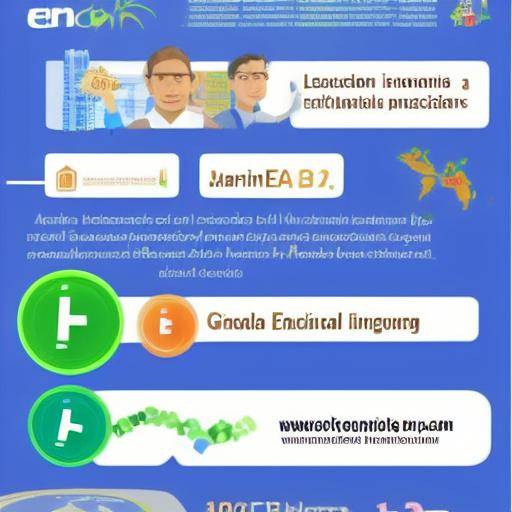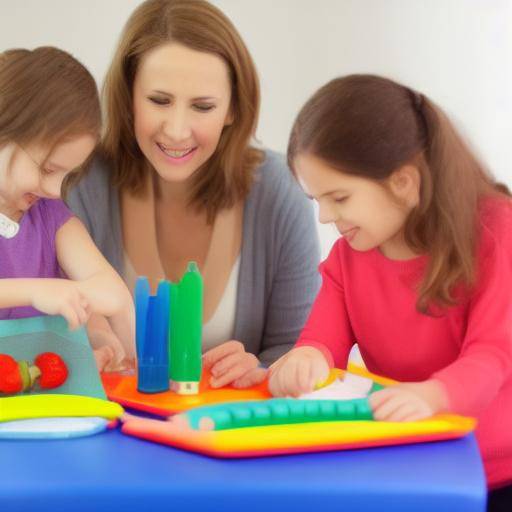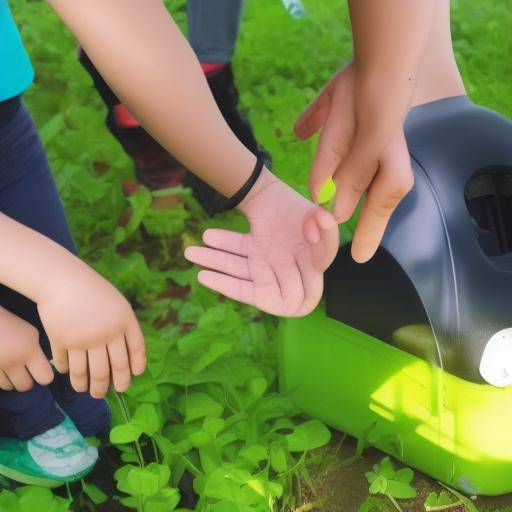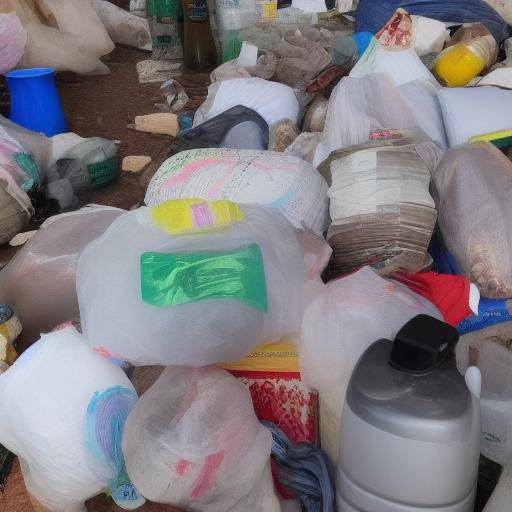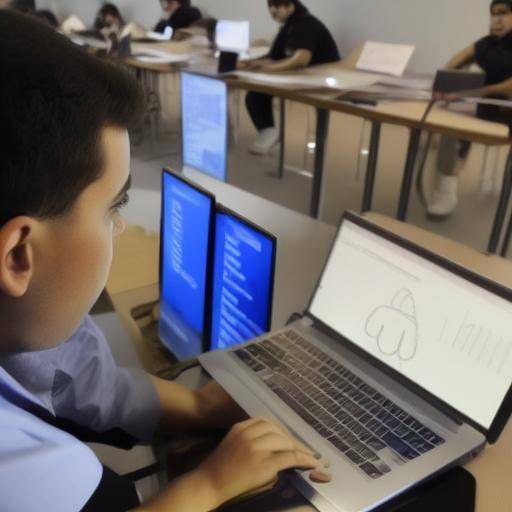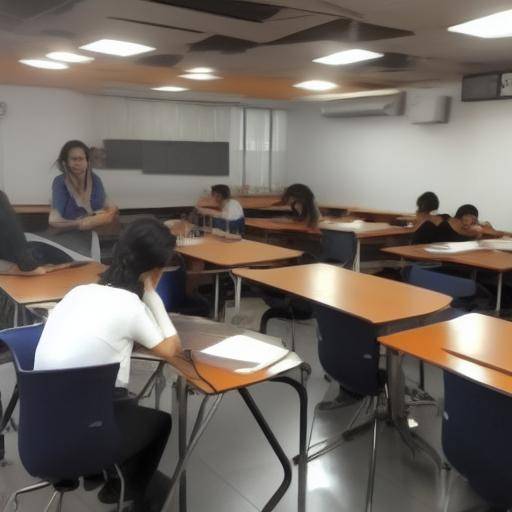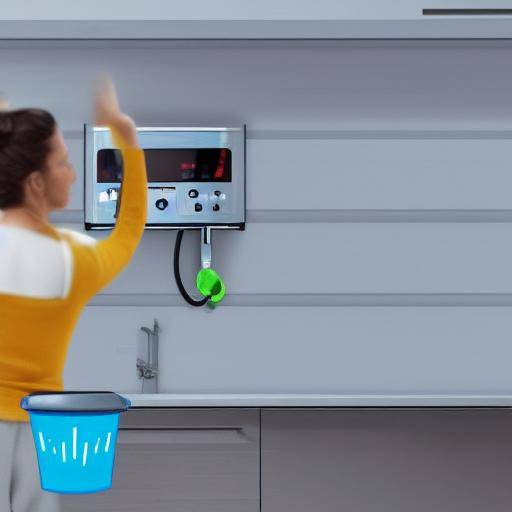
Introduction
The momentum towards the use of clean energy at home is becoming more and more relevant in today's society. With increased environmental awareness and the need to reduce the carbon footprint, fostering the use of clean energy at home has become a priority for many. In this article, we will explore in detail what clean energies are, how to promote their use in the domestic sphere and the advantages that this entails. We will also provide practical advice, real examples and future projections on this pressing issue.
History and Background
The concept of clean energy dates back several centuries, although its use in everyday life has intensified in recent decades. With the discovery and development of renewable energy sources, such as solar, wind, hydroelectric and geothermal, awareness of the importance of these energies has grown exponentially. From the first use of solar energy to heat water in the nineteenth century to the large-scale implementation of wind farms today, clean energies have experienced significant advances.
It is worth noting that clean energies have changed the way we conceived and used energy. The evolution of technology has made it possible to optimize the capture and storage of these energy sources more efficiently and cost-effectively. In addition, several countries have set ambitious renewable energy targets, which has led to the rapid adoption of these technologies.
Deep analysis
The use of clean energy at the domestic level has many advantages for both individuals and the environment. In addition to reducing dependence on traditional energy sources, such as coal or oil, the use of clean energy reduces greenhouse gas emissions, helping to mitigate climate change. At the economic level, the transition to clean energy can not only reduce long-term costs, but also create jobs in the renewable energy sector.
However, not everything is easy. The implementation of clean energy in households also entails challenges, such as the initial cost of installing solar panels or wind power systems. Moreover, the intermitence of certain sources, such as solar or wind, poses challenges to ensure a constant supply of energy. Despite these challenges, continuous technological advancement is allowing us to overcome these barriers and make the use of clean energy at home more accessible and effective.
Comprehensive review
Promoting the use of clean energy at home requires a comprehensive strategy that includes education, incentives and adapted technologies. In many cases, government policies play a crucial role in providing tax subsidies or benefits for those who choose to implement clean energy in their homes.
In addition, education and awareness-raising are key to promoting a change of mentality and habits in the population. Awareness campaigns on energy savings, recycling and efficient use of resources have a significant impact on the adoption of clean energy at home.
Comparative analysis
By comparing the different options for household clean energy, it is important to consider factors such as availability in the region, energy generation potential and associated costs. For example, a home in an area with high solar radiation could benefit more from the installation of solar panels, while those located in areas with constant winds could opt for wind energy.
Practical Tips and Accessible Recommendations
- Conduct an energy audit at home: Knowing the consumption and patterns of energy uses at home is essential to identify opportunities for improvement and to determine what type of clean energy would be most appropriate.
- Investing in energy efficiency: Before implementing clean energy sources, make sure your home is optimized in terms of energy efficiency. This may include from insulation installation to the use of low consumption appliances.
- Explore financing options: Investigating government funding programs or incentives can make the transition to clean energies more affordable.
- Consider energy storage: To maximize the use of clean energies, it is important to evaluate energy storage options, such as solar batteries, that allow to take advantage of the energy generated during periods in which the demand is higher.
These are just a few examples of measures you can take to encourage the use of clean energy at home.
Industry Perspectives and Expert Reviews
Experts in the energy industry agree that the future is in the clean energies. With continued technological advances and increased environmental awareness, the adoption of clean energy in the domestic environment is expected to continue to increase. In addition, cost reduction and improvements in the efficiency of these technologies are making their implementation increasingly attractive to consumers.
Case Studies and Real Life Applications
To illustrate the benefits and challenges of using clean energy at home, we present the case of a family that decided to install solar panels at home. After the initial investment, the family experienced a significant reduction in its electricity bills and a sense of active contribution to environmental protection. Although they initially faced logistical and financial challenges, the satisfaction of living more sustainablely compensated these obstacles.
Future Trends and Predictions
Future trends indicate that the growth of domestic clean energy will continue to increase, driven by technological advances, changes in energy policies and increased demand for consumers for a more sustainable lifestyle. The combination of clean energy, energy efficiency and energy storage is expected to be a key component in future residential energy networks.
Conclusion
In short, the promotion of the use of clean energy at home is a crucial step towards a more sustainable and environmentally friendly future. As technologies continue to evolve and costs diminish, the integration of clean energy into the home becomes more accessible and beneficial. By taking concrete measures, such as the optimization of energy efficiency and the consideration of renewable energy sources, each individual can contribute significantly to the transition to a cleaner and sustainable world.
Frequently asked questions
**1. What is the difference between clean energy and renewable energy?**Clean energies refer to those sources of energy that have a low environmental impact, including both renewable energies (solar, wind, hydroelectric, geothermal) and nuclear energy, while renewable energies are those sources that are naturally replenished, such as solar or wind.
**2. What is the best clean energy option for a home?**The best option depends on several factors, such as geographical location, weather conditions and budget available. A personalized evaluation can help determine the most appropriate option.
**3. How much does it cost to install clean energy at home?**The cost can vary significantly depending on the type of clean energy and the size of the system to install. However, costs have been declining as technology has become more accessible and efficient.
**4. How long would it take to recover investment in clean energy at home?**Investment recovery time may vary depending on several factors, such as clean energy, household energy consumption and available incentives. In many cases, it is estimated that the initial investment is recovered in a reasonable period of time, after which significant savings are enjoyed in energy bills.
**5. What role do batteries play in household energy storage?**Batters play a crucial role in household energy storage by allowing the energy generated from clean sources, such as solar or wind, to be used at high-demand times or when these sources are not active. The advance in battery technology has made energy storage more efficient and affordable.
**6. What is the environmental impact of implementing clean energy at home?**The adoption of clean energy at home brings significant environmental benefits by reducing greenhouse gas emissions, reducing air and water pollution, and conserving natural resources. These positive impacts contribute to the fight against climate change and the preservation of the natural environment.
I hope these answers have clarified some of the most common doubts about how to encourage the use of clean energy at home.
Conclusion
The adoption of clean energy at home is a key step towards a more sustainable and environmentally friendly future. By understanding available options, implementing efficient practices and seeking sustainable alternatives, each individual can significantly contribute to the transition to a cleaner and more sustainable world. Maintaining a progressive approach to promoting the use of clean energy at home not only benefits at a personal level, but also has a positive impact on the community and the planet in general.
I hope this reformed and expanded article meets your expectations.






